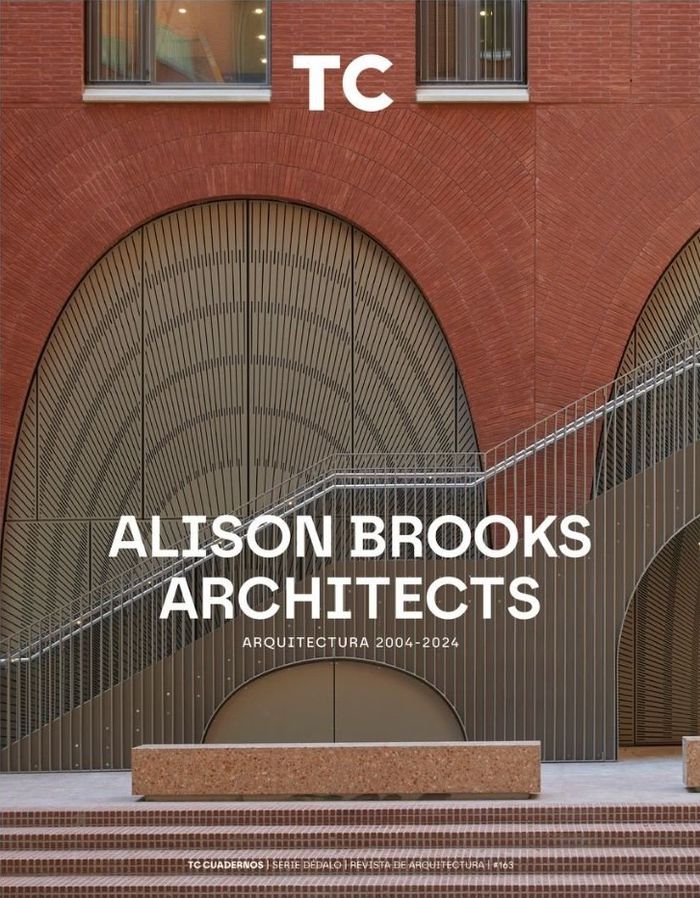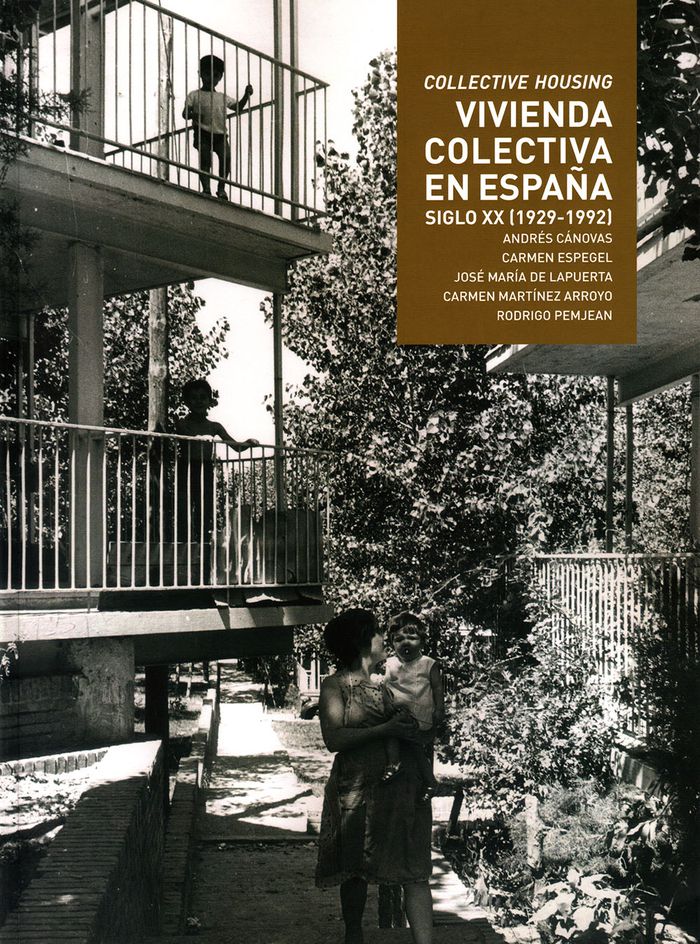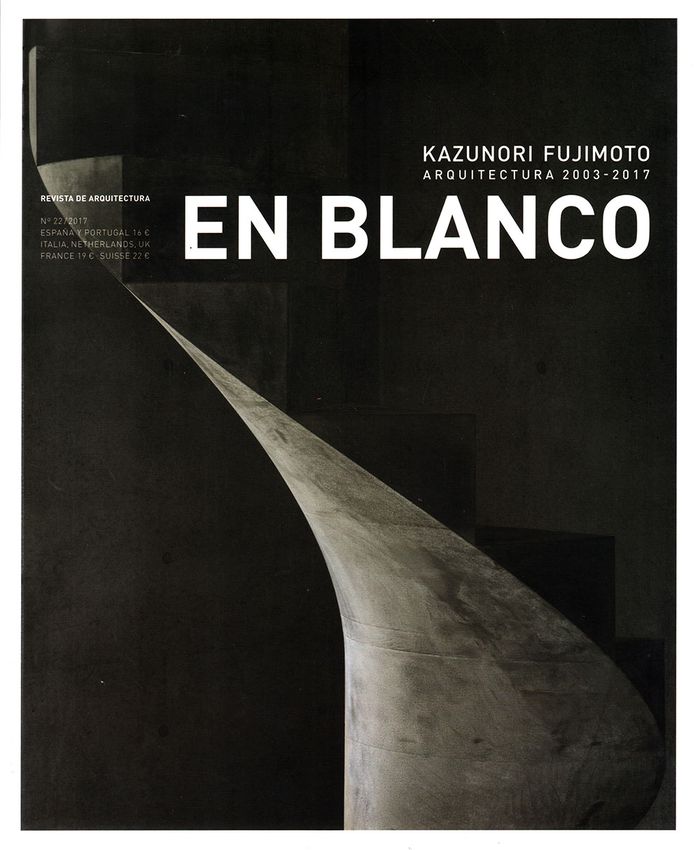$85.95
(disponible en magasin)
Résumé:
The work of Alison Brooks Architects fuses an endlessly inventive architectural imagination with profound sensitivity to the diverse cultural and natural histories that form each project’s provenance. This ethos underpins the extraordinary array of nuanced and joyful portfolio of works illustrated in this book, collectively described by Brooks as ‘experimental(...)
TC 163: Alison Brooks Architects
Actions:
Prix:
$85.95
(disponible en magasin)
Résumé:
The work of Alison Brooks Architects fuses an endlessly inventive architectural imagination with profound sensitivity to the diverse cultural and natural histories that form each project’s provenance. This ethos underpins the extraordinary array of nuanced and joyful portfolio of works illustrated in this book, collectively described by Brooks as ‘experimental archetypes’. This 386-page monograph charts eighteen built works completed in the past 20 years, extensively documented with descriptive texts, photographs, drawings and emblematic construction details that illuminate each project’s tectonic and conceptual intent. The private houses in this book define Brooks’ early career and continue to be a test bed for experimentation. They illuminate her ability to conjure deeply human architectures of plasticity and informality. Organic geometries and expressive roof forms loosen cartesian boundaries to offer indeterminate spaces: these simultaneously act as a canvas for daily life, workplaces, or private art collections. As the practice’s work has grown in scale, their urban housing schemes have been motivated by Brooks’ foundational belief that the architect’s duty to the city, and society, is to provide beautiful, sustainable and accessible housing for all as a framework for individual and community well-being. This book reveals residential projects characterised by spatial generosity and a uniquely sculptural approach to form and material.
Architecture, monographies
$54.00
(disponible sur commande)
Résumé:
This book contains a selection of 83 collective housing works carried out in Spain between 1929 and 1992. It offers a detailed version of the residence projected in Spain between the Barcelona International Exhibition of 1929 and the Universal Exhibition of Seville in 1992. Two particularly significant dates, two points of inflection in architectural thought: the(...)
Collective housing / Vivienda collectiva en Espana
Actions:
Prix:
$54.00
(disponible sur commande)
Résumé:
This book contains a selection of 83 collective housing works carried out in Spain between 1929 and 1992. It offers a detailed version of the residence projected in Spain between the Barcelona International Exhibition of 1929 and the Universal Exhibition of Seville in 1992. Two particularly significant dates, two points of inflection in architectural thought: the enthronement and the epilogue of modernity. It contains plans of all buildings redrawn and with different scales depending on whether it is the urban implementation, the definition of the block or the description of the types, with photos of the time and cards with the main data of each project and its Author. The research process reconstructs the evolution of the project to extract its main values as a tool for the city and contemporary housing.
Logements collectifs
En Blanco, Kazunori Fujimoto
$32.00
(disponible sur commande)
Résumé:
Japanese architecture possesses a spatial sensibility that is able to intensely define the space through very thin and light elements, sometimes semi-transparent. The same sensibility is can also be found when other kinds of materials are used, like heavy materials that belong also to the Western tradition. In Japanese architecture, especially in the case of Kazunori(...)
En Blanco, Kazunori Fujimoto
Actions:
Prix:
$32.00
(disponible sur commande)
Résumé:
Japanese architecture possesses a spatial sensibility that is able to intensely define the space through very thin and light elements, sometimes semi-transparent. The same sensibility is can also be found when other kinds of materials are used, like heavy materials that belong also to the Western tradition. In Japanese architecture, especially in the case of Kazunori Fujimoto's architecture, it is possible to find this lightness through the use of reinforced concrete, shaped as if it were paper. The process of dissolution of architecture, that uses voids as a holy place and builds a garden instead of the emperor's palace, is typical of Japanese culture. It consists in the composition of elements working on the spirituality of the invisible.
Architecture, monographies


